Does age matter when thinking of NHS newborn screening programmes?
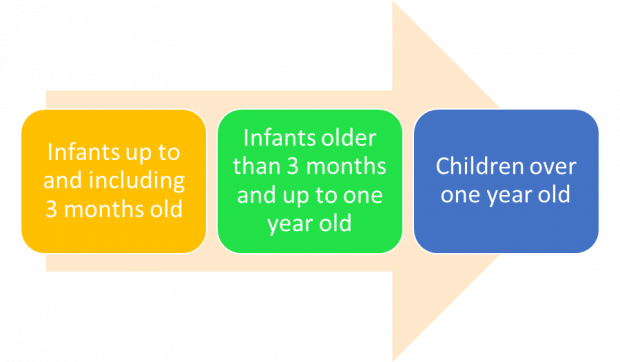
...to and including 3 months old. Infants older than 3 months and up to one year old. Children over one year old. Use this flow diagram to easily put children...

...to and including 3 months old. Infants older than 3 months and up to one year old. Children over one year old. Use this flow diagram to easily put children...
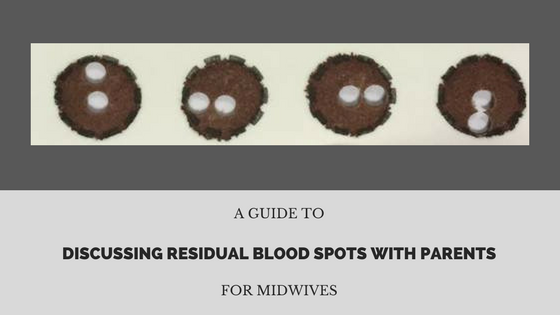
...to complete screening. The screening laboratory stores them for a minimum of 5 years. Laboratories use residual blood spots to check screening results, for testing equipment or methods, and for...
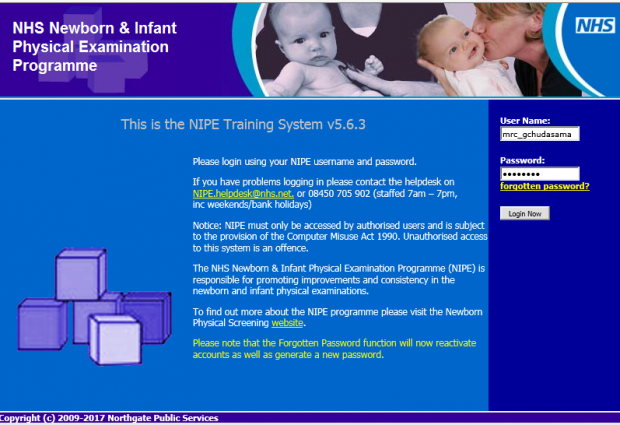
More than 80% of trusts in England are now using the NIPE SMART IT system for recording information relating to the NHS Newborn and Infant Physical Examination (NIPE).
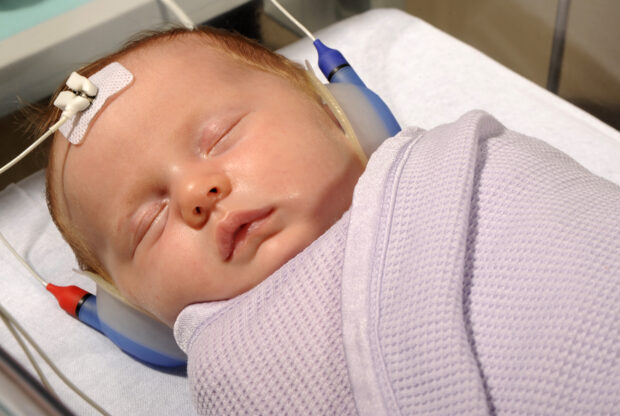
...then get the support and advice they need right from the start. The test just takes a few minutes. A small soft-tipped earpiece being placed in the baby’s ear and...

The NHS Newborn and Infant Physical Examination (NIPE) Screening Programme’s e-learning is being revamped.
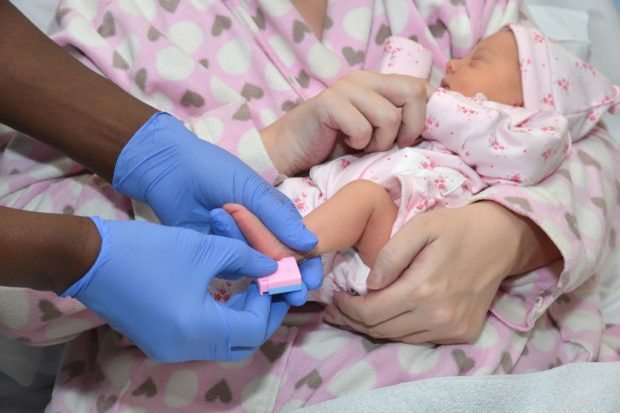
We offer all babies born in England newborn blood spot (NBS) screening for 9 rare but potentially disabling or life-threatening conditions.
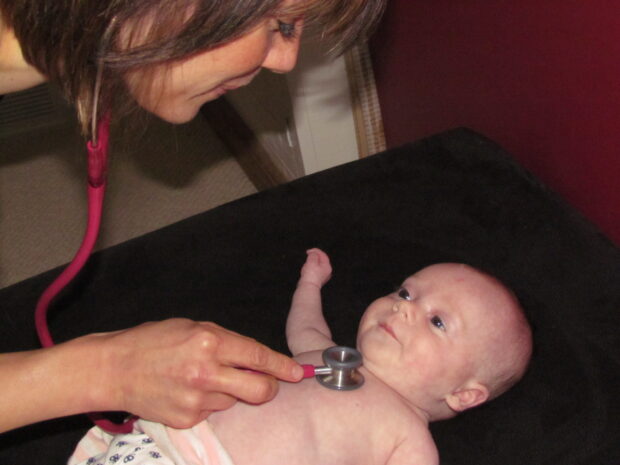
...some conditions appear later in a child’s development. The morning sessions of the regional events will provide a programme update – letting you know what we have done, are doing...
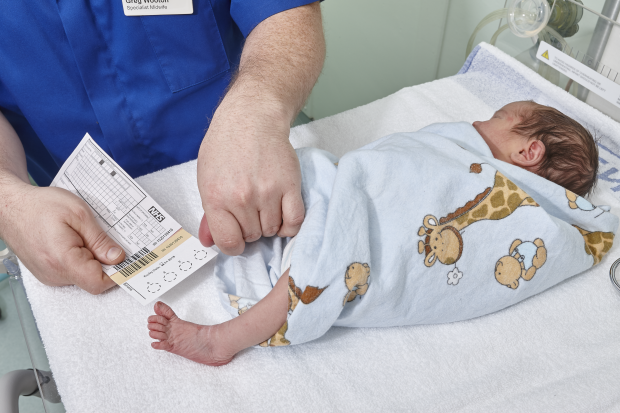
...including the 4 metabolic conditions added in January 2015: maple syrup urine disease isovaleric acidaemia glutaric aciduria type 1 homocystinuria The standards measure important points in the screening journey, including...

We’ve updated the antenatal and newborn screening e-learning module in line with clinical best practice and quality assurance requirements.
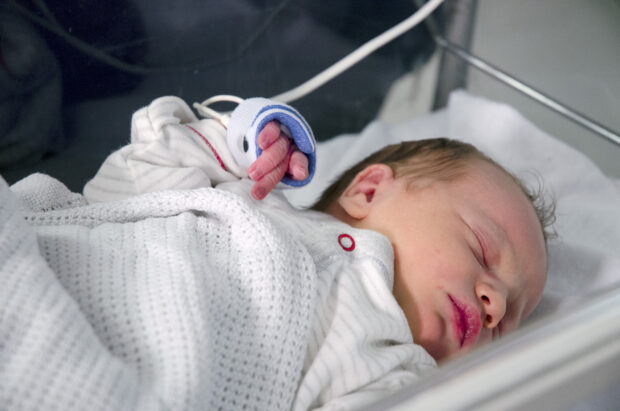
The quick and painless pulse oximetry screening test can help detect whether there is enough oxygen in a newborn baby’s blood.